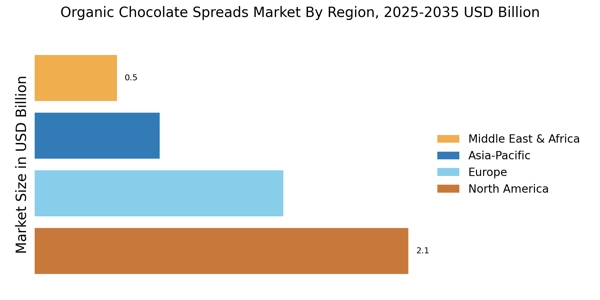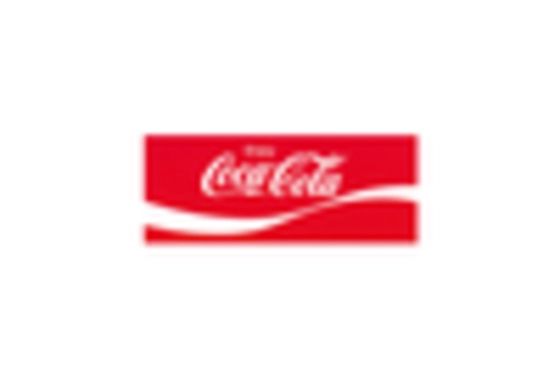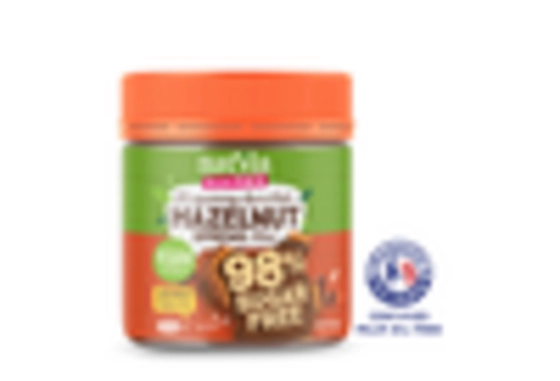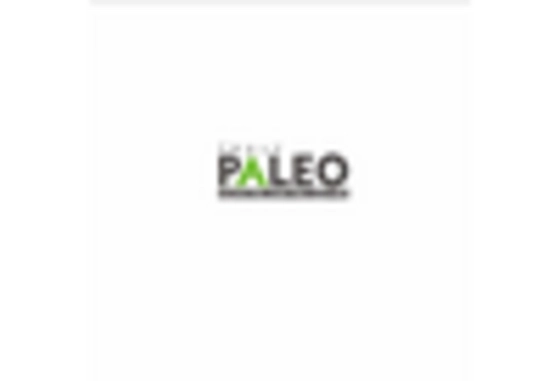The Organic Chocolate Spreads Market is currently characterized by a dynamic competitive landscape, driven by increasing consumer demand for healthier, organic alternatives to traditional spreads. Key players are actively engaging in various strategic initiatives to enhance their market positioning. Notably, Nutella (IT) continues to leverage its strong brand equity while focusing on sustainability initiatives, which resonate well with environmentally conscious consumers. Meanwhile, Melt Organic (US) emphasizes innovation in product formulation, aiming to cater to the growing vegan segment, thereby diversifying its consumer base. The collective strategies of these companies, alongside others like Nuttvia (AU) and Cocoa & Co (GB), indicate a market that is not only moderately fragmented but also increasingly competitive, as firms strive to differentiate themselves through unique offerings and sustainable practices.
In terms of business tactics, companies are increasingly localizing manufacturing to reduce supply chain complexities and enhance responsiveness to regional market demands. This approach appears to be particularly effective in the Organic Chocolate Spreads Market, where consumer preferences can vary significantly across geographies. The competitive structure remains moderately fragmented, with several players vying for market share, yet the influence of major brands is palpable, as they set trends that smaller companies often follow.
In August 2025, Chococo (GB) announced the launch of a new line of organic chocolate spreads that incorporate locally sourced ingredients, reflecting a commitment to sustainability and community support. This strategic move not only enhances their product appeal but also aligns with the growing consumer preference for locally produced goods. Such initiatives are likely to strengthen Chococo's market position and foster brand loyalty among environmentally conscious consumers.
In September 2025, Rawmio (US) unveiled a partnership with a leading health food retailer to expand its distribution channels. This collaboration is expected to significantly increase Rawmio's market reach, allowing the brand to tap into new consumer segments that prioritize organic and health-focused products. The strategic importance of this partnership lies in its potential to enhance brand visibility and accessibility, which are crucial in a competitive market.
Moreover, in July 2025, Sweet Freedom (GB) introduced a new marketing campaign focused on the health benefits of its organic chocolate spreads, utilizing digital platforms to engage with a younger audience. This initiative underscores the importance of digital transformation in reaching consumers effectively and adapting to changing market dynamics. By emphasizing health benefits, Sweet Freedom positions itself as a leader in the health-conscious segment of the market.
As of October 2025, the Organic Chocolate Spreads Market is witnessing trends that emphasize digitalization, sustainability, and the integration of advanced technologies. Strategic alliances are increasingly shaping the competitive landscape, as companies recognize the value of collaboration in enhancing innovation and market reach. Looking ahead, it is likely that competitive differentiation will evolve, with a pronounced shift from price-based competition to a focus on innovation, technological advancements, and supply chain reliability. This evolution suggests that companies that prioritize these aspects will be better positioned to thrive in an increasingly competitive environment.


















Leave a Comment